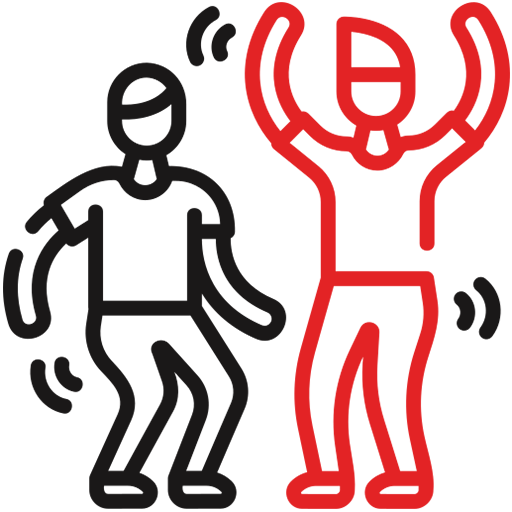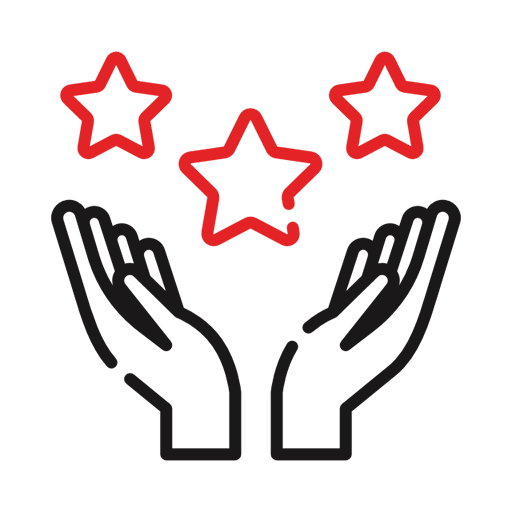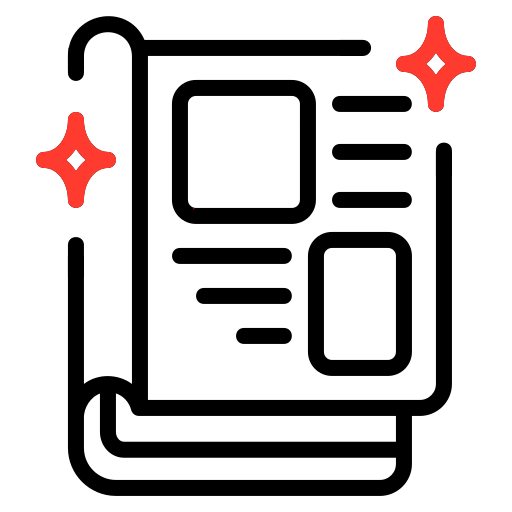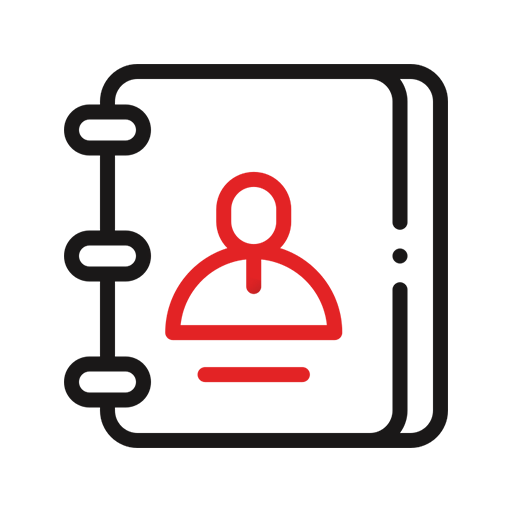Let’s be clear: In VMS and video surveillance projects — whether for law enforcement, safe cities, retail, banking, or access control — choosing the right cameras, placing them smartly, and setting them up correctly for accurate face recognition is often treated as a secondary concern.
These critical steps are overlooked during project planning, ignored after installation, and only become apparent when face recognition accuracy drops, costs rise, and client trust fades.
These critical steps are overlooked during project planning, ignored after installation, and only become apparent when face recognition accuracy drops, costs rise, and client trust fades.
What Integrators Miss When Deploying Surveillance Cameras
1. Proper Camera Setup Takes Time, Skill, and Resources:
Spec-sheet cameras often fall short in real-world conditions—compromised by poor angles, inconsistent lighting, shaky mounts, or environmental factors like dust, fog, or snow.
Achieving the image quality required for reliable face recognition across hundreds or even thousands of cameras takes serious time, effort, and manpower—for precise placement and careful configuration.
2. Hidden Environmental Factors Become Big Accuracy Losses:
Over time, small issues like dust, glare, or misalignment gradually degrade the quality of camera frames. Since face identification heavily relies on image quality, even minor degradation can significantly impact accuracy.
The better the facial image from camera, the more precise the facial matching with the database. Unfortunately, these issues often go unnoticed until face recognition accuracy has dropped by 30% or more.
Over time, small issues like dust, glare, or misalignment gradually degrade the quality of camera frames. Since face identification heavily relies on image quality, even minor degradation can significantly impact accuracy.
The better the facial image from camera, the more precise the facial matching with the database. Unfortunately, these issues often go unnoticed until face recognition accuracy has dropped by 30% or more.
3. Expensive Cameras ≠ Better Results:
High-cost, high-resolution cameras, installed "just in case", often don't improve face recognition results. Proper placement and configuration of more affordable cameras often yield equal or better face recognition performance—saving significant project costs.
High-cost, high-resolution cameras, installed "just in case", often don't improve face recognition results. Proper placement and configuration of more affordable cameras often yield equal or better face recognition performance—saving significant project costs.
Our Team Didn’t Just Spot the Problem. We Engineered Around It
While working on real-world face recognition projects across indoor and outdoor video analytics systems, we identified 14 external and internal factors that impact recognition performance — from lighting and weather conditions to camera sensor quality and the clarity of reference photos.
The problem? You can’t keep all of these in mind during setup. Camera placement and configuration takes serious expertise — and even experienced integrators miss critical details.
That’s why we built 3DiVi Cam QA — an automated camera assessment service that analyzes both live and recorded camera footage and generates detailed reports on 19 essential parameters that directly impact face recognition accuracy.
With clear recommendations for fine-tuning, it helps ensure your face recognition system performs at its best — from day one and every day after.
With clear recommendations for fine-tuning, it helps ensure your face recognition system performs at its best — from day one and every day after.
Key Insights
For video analytics system owners and operators: An objective way to validate face recognition performance at the acceptance stage and track any decline in quality over time.
For video analytics system integrators: A reliable tool to reduce the risk of client complaints about poor face recognition, choose the right equipment for specific video analytics tasks, monitor installation teams, optimize project workflows, and improve the technical expertise of your team.
How It Works in 3 Simple Steps
1️⃣ Add a live camera feed (RTSP stream) or upload a 30-minute field video.
2️⃣ Let the system detect and analyze 30-50 unique faces (the more, the better).
3️⃣ Get a detailed PDF report showing 19 performance parameters, rated against NIST standards, along with actionable recommendations.
2️⃣ Let the system detect and analyze 30-50 unique faces (the more, the better).
3️⃣ Get a detailed PDF report showing 19 performance parameters, rated against NIST standards, along with actionable recommendations.
Real-World Wins
Case #1: Saved $59,000 on Cameras Without Sacrificing Performance
A VMS integrator used 3DiVi Cam QA to review their camera fleet and found that their 4K units weren’t improving face recognition accuracy. By switching to lower-cost 2K and Full HD cameras, they saved $59,000—17% of their project budget—without sacrificing performance.
A VMS integrator used 3DiVi Cam QA to review their camera fleet and found that their 4K units weren’t improving face recognition accuracy. By switching to lower-cost 2K and Full HD cameras, they saved $59,000—17% of their project budget—without sacrificing performance.
Case #2: Accuracy jumped from 47% to 96%
A public safety department conducted a post-deployment check with 3DiVi Cam QA a year after installing their camera system. Issues like dust, poor lighting, and minor misalignments had reduced accuracy to just 47%. After quick adjustments, accuracy increased to 96%, significantly boosting identification rates for ongoing cases.
A public safety department conducted a post-deployment check with 3DiVi Cam QA a year after installing their camera system. Issues like dust, poor lighting, and minor misalignments had reduced accuracy to just 47%. After quick adjustments, accuracy increased to 96%, significantly boosting identification rates for ongoing cases.
Face recognition accuracy doesn’t just depend on algorithms. It also depends on what your cameras see—and how well they’re set up.
Ready to see what your cameras are really doing? Reach out to us — you might be one report away from saving tens of thousands on hardware or fixing a year’s worth of performance loss.






























